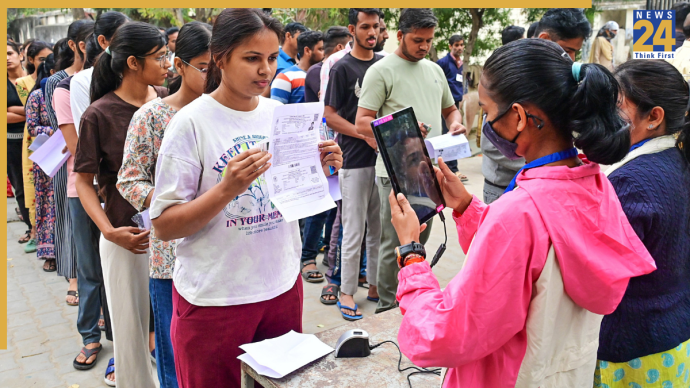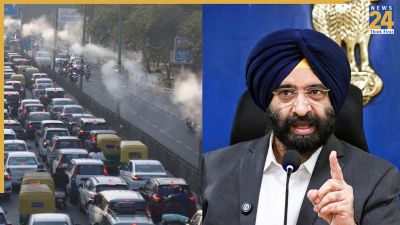New Delhi: The Indian Space Research Organisation (ISRO) has placed its ambitious lunar mission, Chandrayaan-3, in a dormant state on the moon. This mission, which successfully landed on the Moon on August 23, conducted a series of experiments and deployed a rover, has now been permanently switched to sleep mode.
Chandrayaan-3 has fulfilled its objectives, and the spacecraft will not return to Earth, remaining on the lunar surface. ISRO Chief S. Somnath described the Vikram lander as “happily sleeping on the Moon” after fulfilling its mission.
The main threat facing Vikram and the rover Pragyan on the Moon is the constant bombardment of micrometeoroids, reported India Today. As there is no lunar atmosphere or oxygen, corrosion is not a concern. However, the impact of micrometeoroids and radiation from the Sun could potentially damage the spacecraft, added the report.
Lunar dust is another issue, as it can adhere to materials due to the absence of air on the moon. There is some prior data from Apollo missions that helps understand the impact of lunar dust on spacecraft.
Despite these challenges, ISRO scientists are content with the mission’s success. Chandrayaan-3 aimed to explore the lunar south polar region, particularly focusing on areas rich in water ice. The rover demonstrated its mobility on the moon, while the lander safely touched down on the lunar surface as planned.
The rover confirmed that sulfur is there on the lunar planet near the South Pole, which scientists found it significant. Elements like aluminium, calcium, iron, chromium, titanium, manganese, silicon, and oxygen also detected.
Chandrayaan-3 also detected seismic activity with the help of an instrument that is designed for measuring quakes beneath the lunar surface.













